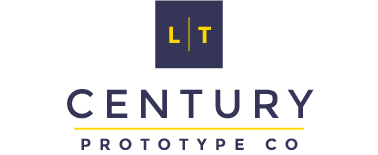Vacuum casting has overtaken the market of prototype development by becoming a widely used process at all stages of production to handle multiple revisions on the design of an item. In complex designs, a brand new prototype can be crafted in less than 30 days using this casting method. The process is designed to optimize any manufacturing process by making delivery times shorter. At present day the success of the technique is overwhelming with nearly 90% of all industries in the world using vacuum casting to generate their prototypes and developing high-quality finished products.
Even small business operations can benefit from this technology in order to reduce their costs of production, the first step that needs to be handled by the entrepreneur is becoming knowledgeable about all the stages of the manufacturing process using vacuum technology. A balanced understanding of the main casting process includes the generation of die casting, handling runners and overflows, handling surface treatments, and even aspects related to the packaging and delivery of these materials. We are about to analyze brief details on each part of the process that can help you save money.
• Reducing Costs in Die Casting
An excellent study of the features of the product by the creative team is the first step, but developers can also make the process much more affordable by getting a certain design using low-end materials on short deadlines to make revisions to the final cast of the product. By getting a perfect mold, you will save money and make better use of the casting process that will decrease the expenditure and wear put on your production line.
• Saving Money by Eliminating Runners and Overflows
Two separate processes that are closely connected must be handled at this stage to save time and money. The first one is related to the cooling process of the product after is created using the mold. This can be managed by using alternative chemical products that can speed up the process. The expense generated by this will be rewarded with increased production.
The second process is related to the collection, recycling, and re-usage of the scraps generated in the manufacturing process. Choosing the right way to do so is closely related to the type of product we are working with, having control of this process will help us manage the production budget with a bit more of control on our behalf.
• Reducing Expenses on Surface Treatments
The finished look of the product can be achieved using timely methods that offer goods result in the same way as extensively detailed revisions do. Even when a client plays hardball by requesting certain conditions we can make use of certain procedures such as degassing, sandblasting and neatening since they usually deliver some of the best results to finished products and are not as time-consuming as other manual methods.
• Cutting Costs on Packaging and Delivery
While we can’t say that rushing this stage is healthy for your operation, it can be done without hurting the quality of the finished product. Let’s take a moment to remember the fact that how we deliver our product will create a big impression on our customer. With that in mind, the way to handle this at low costs and in a timely fashion is by handling all aspect of logistics with a close eye on the materials used to create the package, the way it will be stored, and the shipping service that will be used to deliver the finished product.
